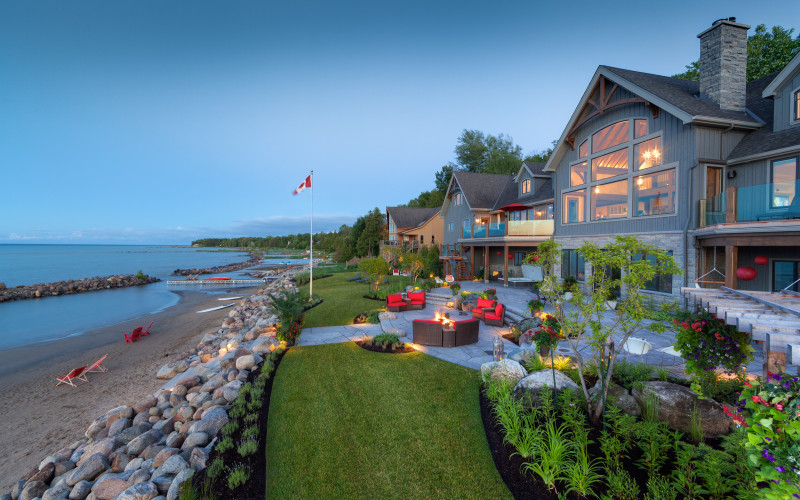Blog
How to Choose the Best Spot in Your Yard for a Patio
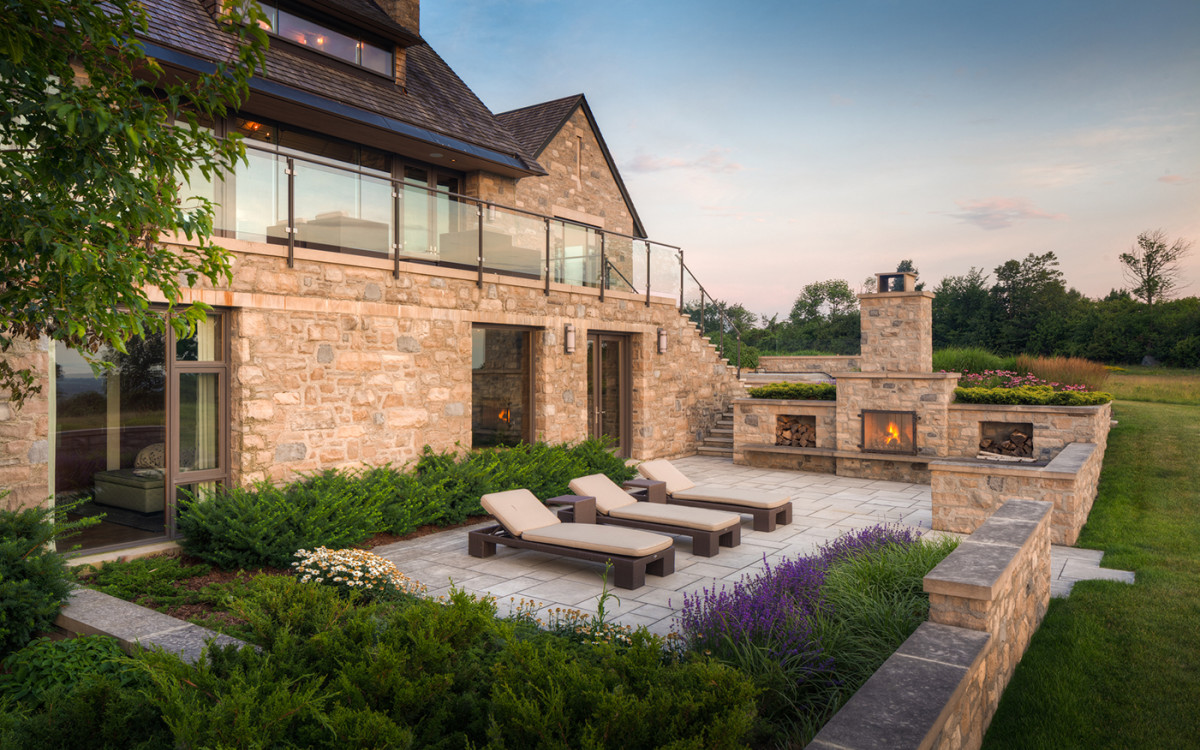
A few hundred years ago, people planted vegetable gardens and raised livestock in their backyards to help sustain their families. Now, the backyard is where we go to relax and entertain, so we need to create an outdoor space to support these activities — which most often includes a patio.
Patios provide a versatile and functional space for outdoor living and entertainment. They can be customized to fit your specific needs and can be designed to complement the overall look and feel of your property.
But where should you put your patio and how big should it be? While the answer may seem obvious, there are some key factors to consider before making these decisions, so read on!
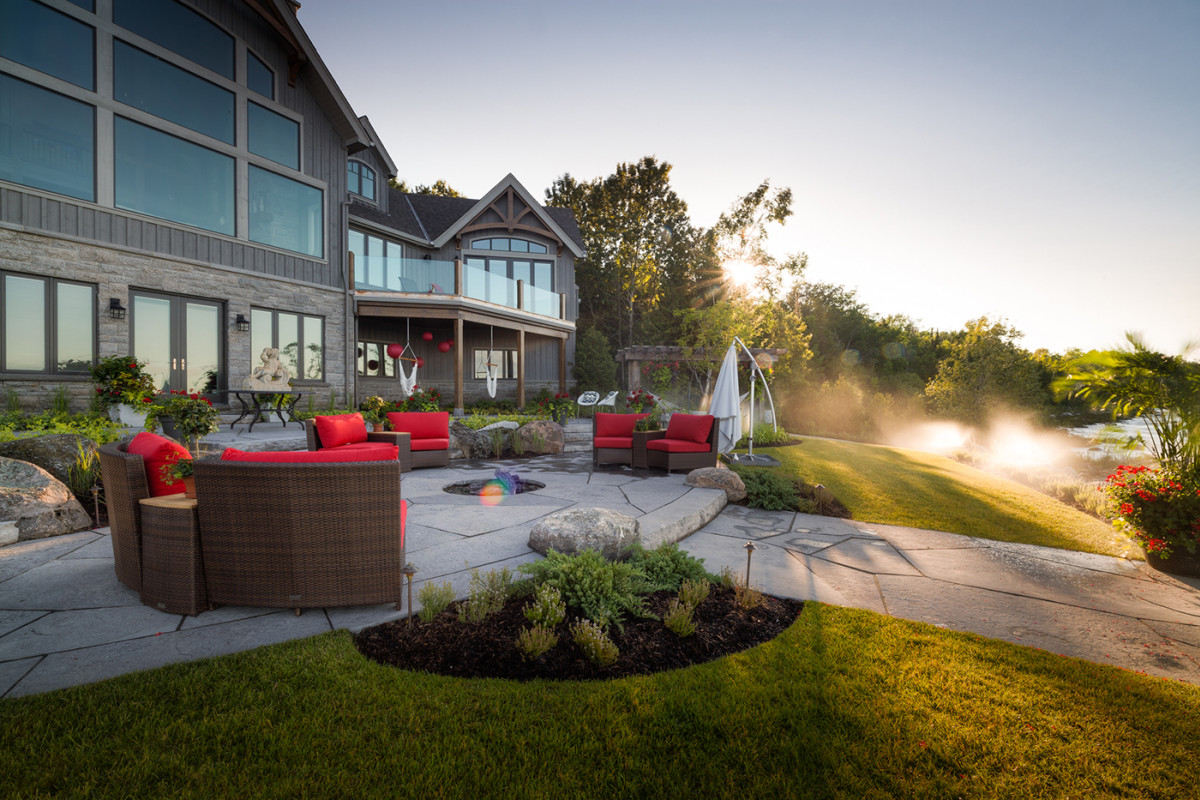
Where should you put your patio?
Once you know how you plan to use your patio, you’ll need to decide where you’d like to put it, based on these factors:
What is the purpose of your patio? — Will it be used primarily for entertaining, dining, relaxation, or all of the above? Knowing this will help you decide where to put it. Patios meant to be an extension of your indoor living space should obviously be placed as close to the house as possible, while a patio used for relaxation might be tucked away in a quiet corner of your garden.
Is privacy an issue? — You'll want to choose a location that provides enough privacy for your needs, whether it's for relaxation, entertainment, or other purposes. Consider how close your patio will be to your neighbours, the level of foot traffic in the area, and any natural barriers such as trees or hedges that can help provide privacy.
Is there easy access to your home? — If you intend to use your patio a lot, you’ll want to build it close to your home, especially if you’ll be using it for dining or entertaining. And if you don’t have an outdoor kitchen, you’ll want it as close to your home’s kitchen as possible. No one wants to run back to the house for forgotten condiments or another bottle of wine when the patio is on the far side of the lawn.
Does your property have natural advantages? — Do you have a beautiful view or mature trees that would provide natural shade for your patio? Is there a flat area in your yard that would be easy to build on? Choose a location that takes advantage of your landscape’s natural surroundings, while avoiding the neighbour’s shed and trash cans.
How much sunlight do you need? — Choose a location that provides enough sunlight for your needs, whether it's for sunbathing, container gardening or simply enjoying the natural light. Consider the orientation of your property and the time of day you'll be using the patio.
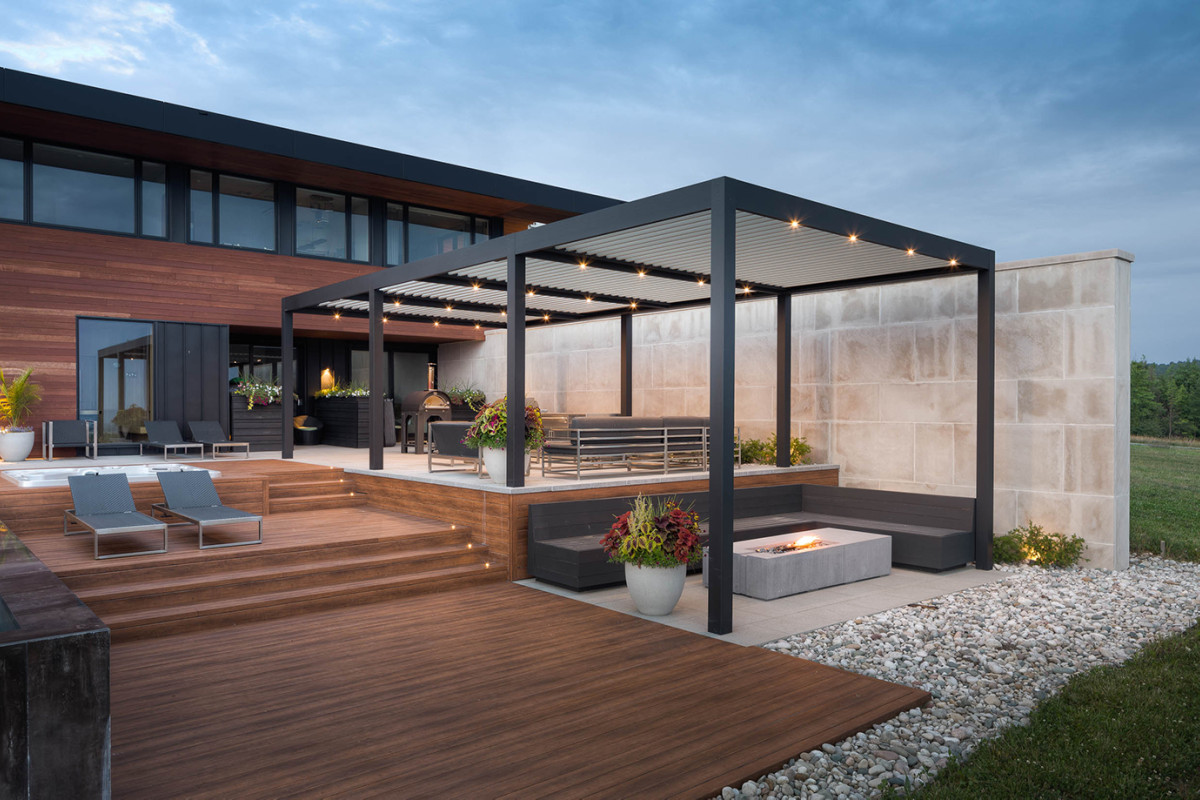
If your backyard has a southern exposure, for example, you can expect your patio to be sunny all day long. In that case, you might want to consider incorporating some type of shade structure over your patio to give you some shade.
Do you need protection from the wind? — If you live in an area that experiences strong winds, you'll want your patio in an area where it can be protected. That could mean taking advantage of natural barriers like trees or hedges, putting it in a sheltered area or adding a fence or wall to help protect it from the wind.
Is there adequate drainage? — Choose a location that is relatively level and has good drainage so water doesn’t pool on the surface of the patio after it rains. If your patio will be placed near your home, make sure it slopes away from the foundation.
Will you need access to utilities? — This is a big consideration, especially if you plan on having an outdoor kitchen, a gas-powered fire feature, spa or outdoor lighting as part of your patio design. You’ll want to place it as near as possible to existing plumbing and electrical lines, or else be prepared for the extra time and expense needed to connect them to the patio area.
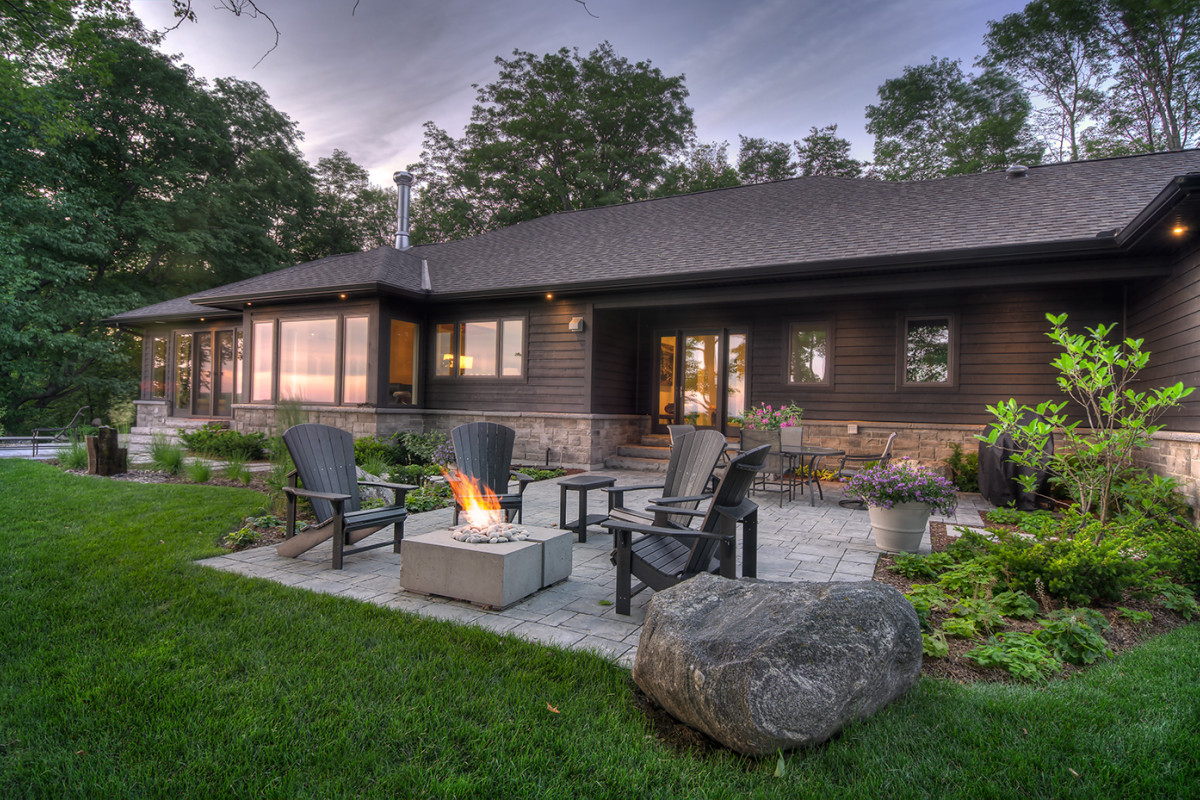
What size should you make your patio?
The size of your patio should meet your specific needs and preferences, while also taking a number of factors into consideration, including:
How much space is available? — The size of your patio is limited by the size of the backyard, as well as any existing features such as trees, gardens, or other structures that are already in place.
How many people will be using the space? — If you’re looking to entertain a large family or group of friends, you’ll need to build a patio large enough to accommodate everyone comfortably. Keep in mind that there’s no rule against having more than one patio — you can have a large one for entertaining and a smaller one in a more secluded spot where a couple of people can sit and relax.
How do you intend to use the patio? — A patio designed for entertaining or dining will need to be larger than one designed strictly for relaxation. There needs to be sufficient space to hold all the furniture, accessories and features you want to have on the patio. Make sure to plan for future expansion too — you may have enough space for the grill, but not for the big outdoor kitchen you’re dreaming about!
Are there any zoning restrictions? — There may be local zoning regulations in place that dictate the size of a backyard patio, such as setback requirements or lot coverage restrictions.
Work with a professional
It’s essential you work with a professional for any patio project that requires grading, masonry or drainage work. The designers at The Landmark Group can help guide the design process and help you choose where to place your patio, how big it needs to be and even the best materials to use when building it. They’ll also show you examples of previous work to inspire you!
To get started, just schedule a consultation and we’ll meet with you to help shape your vision for the perfect yard.
Read More Posts
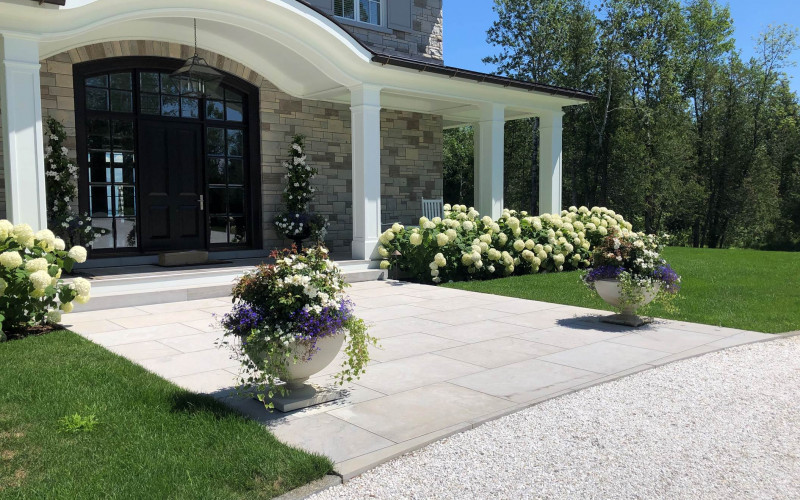
The Best Plants For Your Summer Containers
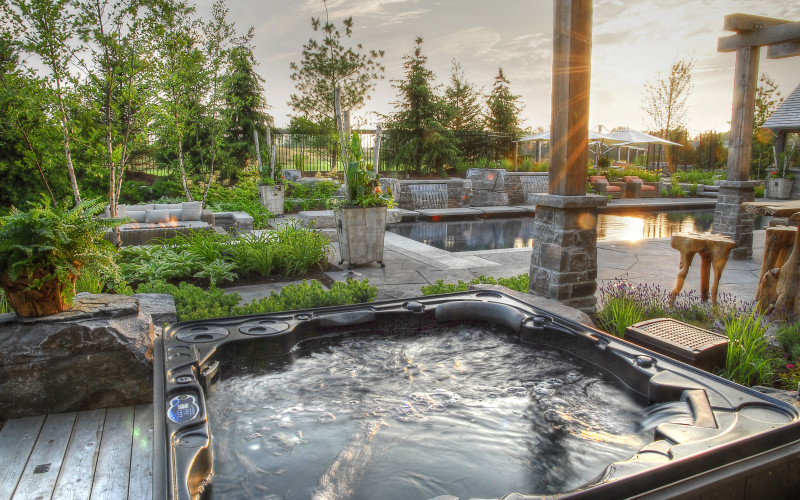
Choosing the Right Spa For Your Backyard Retreat
